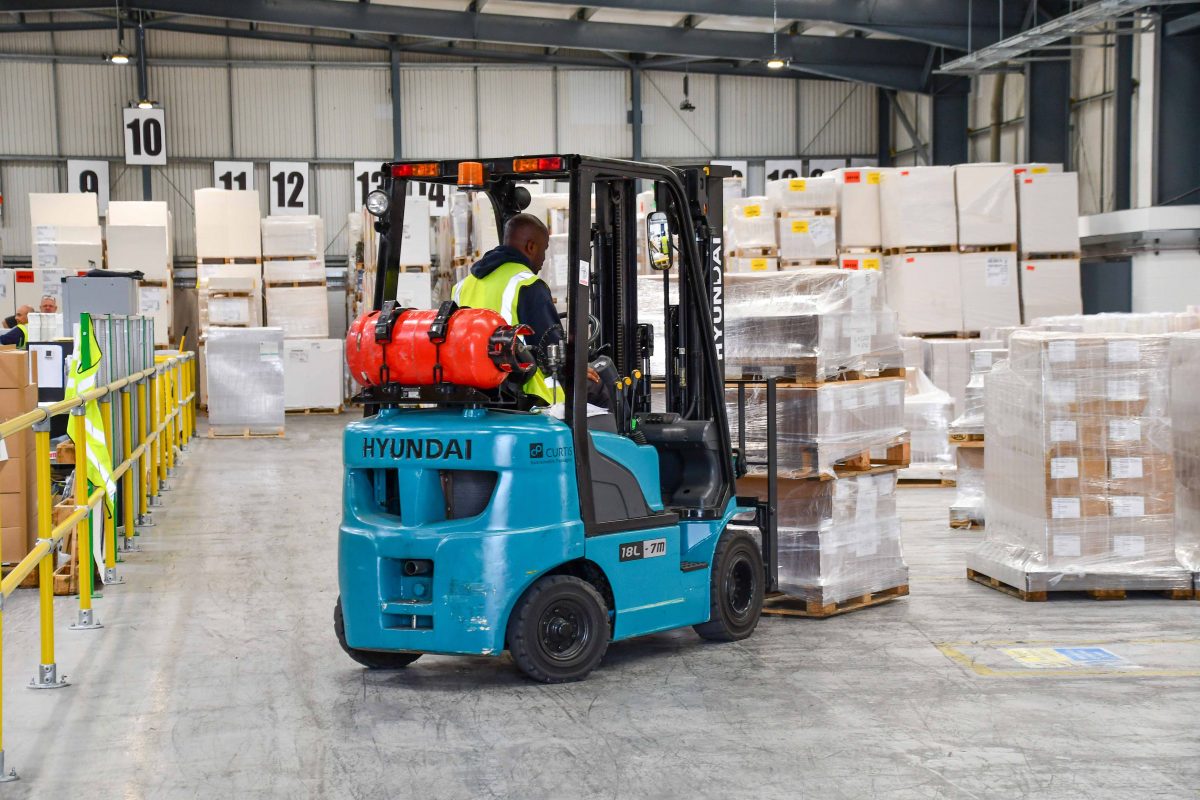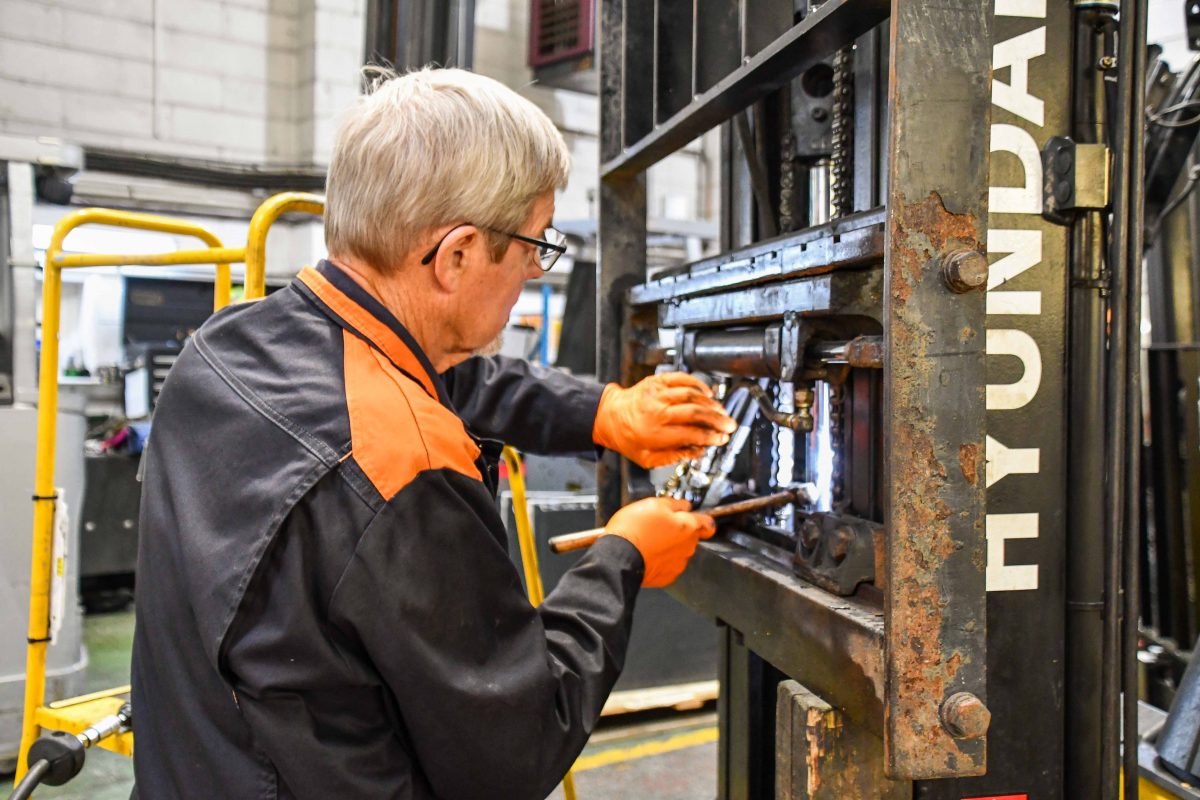Forklifts- What Are The Different Types of Forklifts?
If you’ll be working in a warehouse or are interested in forklifts, this blog will discuss the different varieties of forklifts and their applications.
In every warehouse or factory floor, you’ll often find that there is a range of different forklifts around. Every forklift serves its own purpose and is used in different applications, but what are the different types of forklifts?
Here are some of the different types of forklift varieties:
- Counterbalance forklift
- Warehouse forklift
- Rough terrain forklift
- Pallet jack forklift
- Heavy-duty forklift
- Telehandler
- Side-loaders
The different forklift varieties prove incredibly useful in a warehouse, factory floor, etc., and specific operations will prove to be far slower and less efficient without them. Keep reading to learn more about the different types of forklifts!
Seven Types of Forklifts
As aforementioned, each forklift variety serves its own functions and has its place in whichever workplace requires the use of a forklift. Many find that having a forklift makes duties far quicker, ultimately boosting productivity and conserving the employees’ energy!
1. Counterbalance Forklift
Counterbalance forklift got its name by being comprised of two forklift parts. At the back of a counterbalance forklift is a weight with forks in the front of the forklift. The weight at the back of the forklift balances out the loads on the forks to prevent the forklift from tipping forward.
2. Warehouse Forklift
Given that this is the most commonly used forklift in a factory floor or warehouse, you’ll likely be able to recognise this variety right away. The warehouse forklift is great for transporting and offloading goods, as it’s typically built with a seat that the operator can sit in. This forklift contains forks in the front where loads can be placed.
3. Rough Terrain Forklift
As the name suggests, a rough terrain forklift is specifically designed to resist more rough conditions, namely for outdoor operations on an uneven surface. These forklifts have large tires that offer the forklift a sturdy foundation to work with and ensure the forklift can withstand surfaces like rocky ground. Since this forklift is designed to resist rough conditions, you’ll most often find rough terrain forklifts in spaces like construction sites.
4. Pallet Jack Forklift
Pallet jacks are far more compact than other forklift varieties, as they’re small and designed to fit tight spaces. Since pallet jacks are small, they’re not fit to carry heavy loads and are best suited for goods that aren’t that heavy. These forklifts work best for smaller loads that need to maneuver in tight spaces.
5. Heavy-Duty Forklift
Heavy-duty forklifts are perfect for loading and transporting heavy goods. With a maximum capacity of up to 30,000lb, this type of forklift is typically only used for goods that other forklift varieties wouldn’t be able to handle. A heavy-duty forklift can also lift goods up quite high, making them incredibly convenient and nifty.
6. Telehandler
Telehandlers consist of a crane and extendable arm that reach to 19 feet upwards. Most commonly used for outdoor operations, telehandlers are perfect for reaching hard-to-reach spaces and odd angles that other forklifts may not be able to reach.
7. Side-Loaders
Suitable for narrow or small spaces, side-loaders are great for unloading goods without having to make any turns. These forklifts are perfect for carrying loads that may prove heavy for workers, and they’re incredibly convenient for transporting goods into tight aisles or spaces.
Final Thoughts
The numerous varieties of forklifts have assisted many employees and employers in ensuring forklift operations can be carried out with less labour-intensive methods. By having forklifts, you can guarantee that workplace productivity can be boosted by a long shot!






